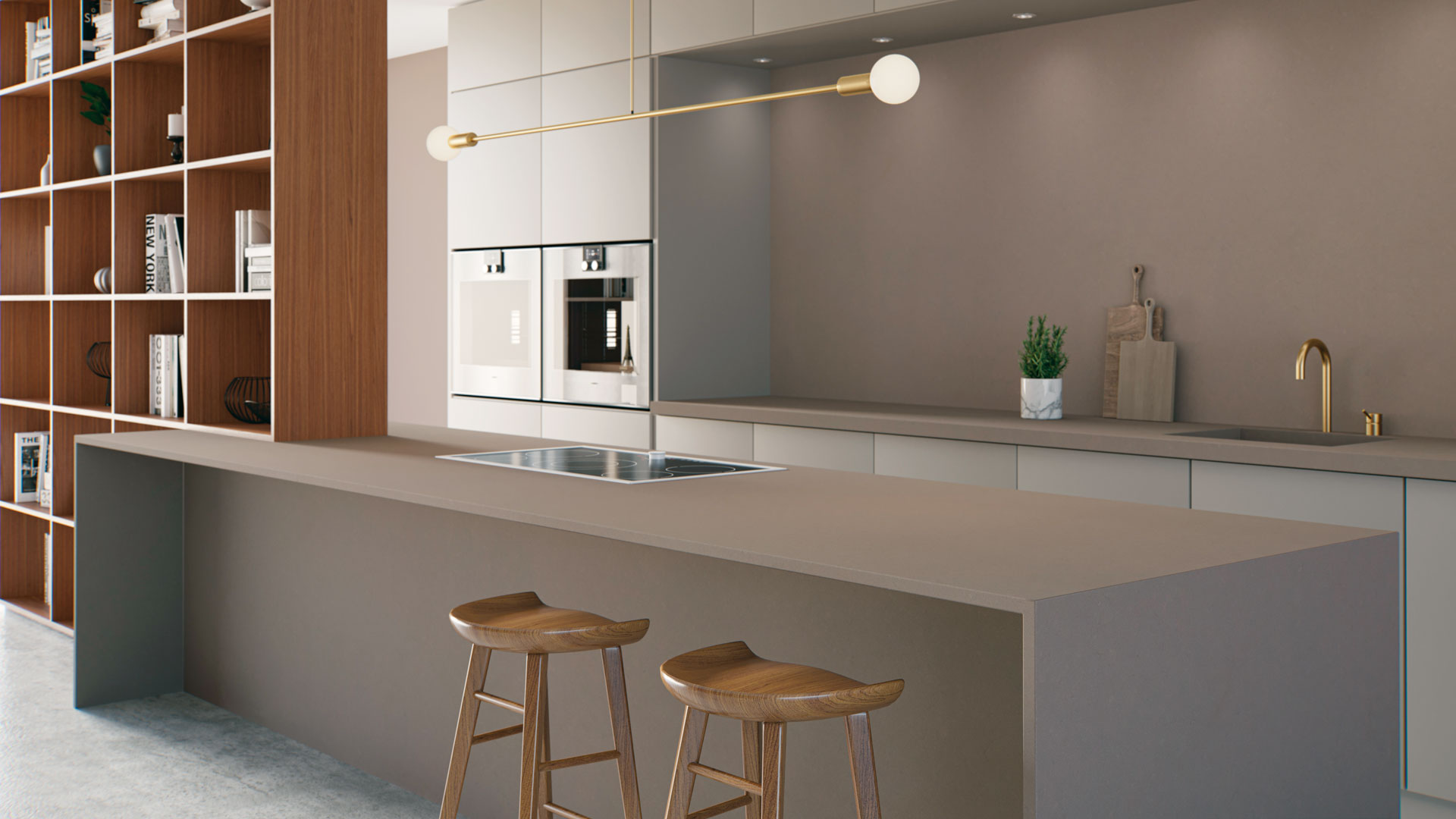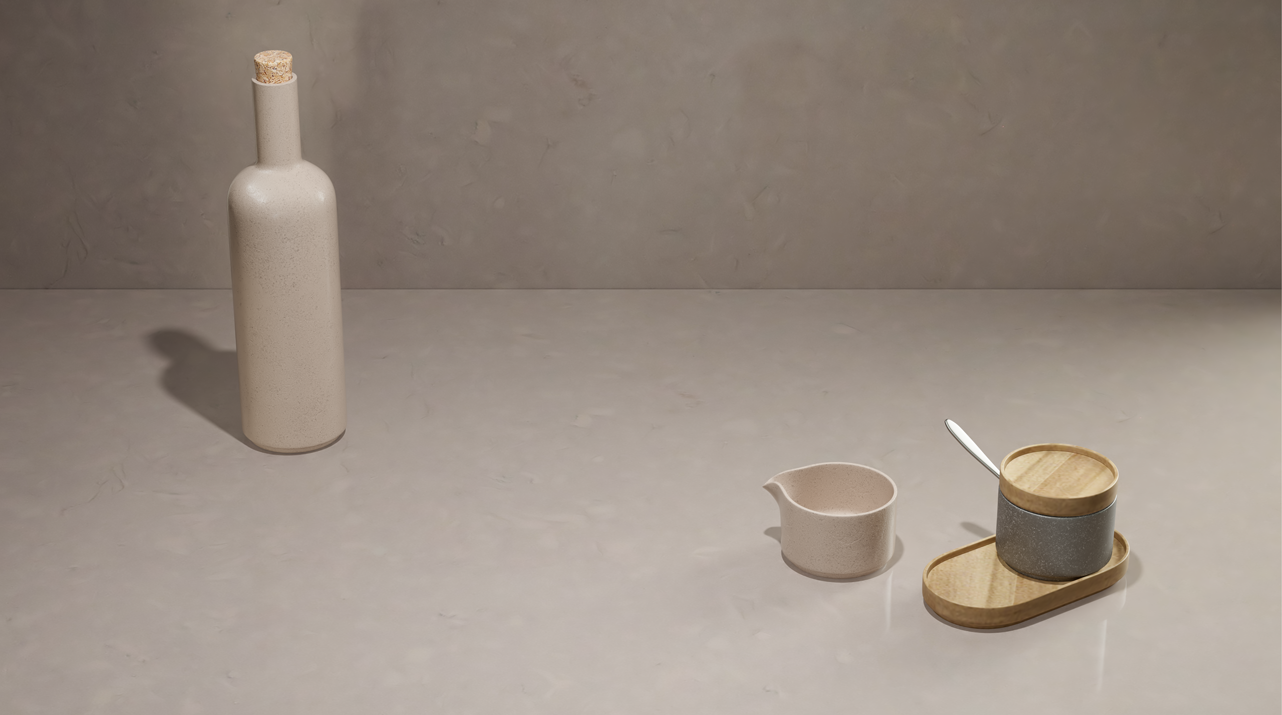Tranquility Begins Within
Clean and minimalist design, light colors, material honesty, textiles, plant life and nature, decor and ornamentation: all ways to transform the home into your own personal, tidy space that can cultivate a calm, tidy mind
There’s nothing like arriving home at the end of a busy day and allowing yourself to relax in a comfortable, peaceful space enveloped in pure serenity; a space where you can shift into a lower gear and block out all the noise and stress of daily life. The effect that the physical environment can have on our moods is hardly a new concept, and when it comes to our private homes – our most intimate, personal environments that serve as the anchor for all our activities – this concept undoubtedly takes on even greater importance.
In a modern era that encourages life to be lived at an ever-more frenetic pace, design is the tool that enables us to transform the home into a space that evokes serenity and imbues the human spirit with that same gentle touch, combining functional comfort with clean aesthetics to create a tidy home and thus a tidy mind. It is no surprise that recent years have seen design styles that champion minimalism and restraint coming to the forefront, such as Nordic design or “Japandi” – a hybrid style that unites the Nordic spirit with traditional Japanese design based on their shared aesthetic principles, such as simplicity and minimalism, the use of natural materials, or a combination of crafts.

1006 Agger Grey: The Pebbles Collection
Here’s how to get it right:
Clean, Minimalist Design: A tranquil, tidy home begins with a clean, airy space free from “dramatic” visual elements, whether sophisticated or whimsical, that inevitably steal the spotlight. On a formal level, it is simply a matter of preferring clean lines without the interference of unnecessary ornamentation and arranging furniture and other items in a way that avoids visual clutter and crowding, which lead to fatigue. Here, the goal is to fine-tune the spatial language into a harmonious flow that enables comfortable movement and a pleasant lifestyle within the space.
Light Colors: By eliminating extreme contrasts, a light color palette creates the fabric of a calm, serene home environment. This can include all shades of white, cream, and beige, alongside soft pink or blush pastels, which blend together into an attractive range that pleases the eye. To this light palette, you can add touches of gray and black that do not produce visual “noise” – grays of all kinds flatter light colors and are easy to combine with them, as are black accents that create depth and are a good choice for emphasis or when framing certain elements.
Material Honesty: Whether it is the finishing materials used within the space, or the materials that constitute the home furnishings, decorative items, and other elements, material honesty plays a prominent role in any design language that strives to evoke peace and comfort. Materials such as stone, wood and bamboo, iron, cork, clay, or natural fabrics all possess intrinsic primal qualities that give the design an authentic, tangible feel and positive vibe. Similarly, elements that embrace natural properties will also elicit the same good feeling, such as Caesarstone’s Pebbles countertops, whose design was inspired by pebbles on a riverbed, shaped by the forces of nature over thousands of years.
Textiles: Like the hard natural materials mentioned above, textiles also imbue the space with their unique values – although in this case, those values are softness and motion. Their attractive appearance and pleasant, touchable textures do not contradict the restrained minimalist aesthetic, but rather enrich it with a warm, soft, and cozy dimension. Items in this category can include rugs in soft, light tones, light and airy curtains that do not become a visual burden, pillows and decorative blankets in handmade-style knitted textures, upholstery made from any natural fabric, and various textile-based items like beanbag chairs or wicker daybeds, which blend seamlessly with the clean flow and imbue it with their material softness.
Plant Life & Natural Touches: Green plants that blend into the home space offer a pleasant freshness and can be combined in the home design in various ways – not only as a large pot placed in the corner of the room. Small flower pots inside appealing vases will fit perfectly on bookshelves or on their own dedicated shelf, as a centerpiece on a flat tray/platter on the dining table, coffee table, or kitchen island. You can also place them by sinks in bathrooms and experiment with other suitable locations within the home.
Decor & Ornamentation: Decorative items, ornamentation, and art are all integral to space design, but here too it is important to remember the principle of minimalism and find ways to include them in the proper proportion, without creating clutter. It is highly recommended to combine these elements in a precise manner, while preferring handicrafts that present a value statement and are based on “honest” materials like clay, glass, paper, and various woven items that use rope, rattan, or raffia.

1006 Agger Grey: The Pebbles Collection
So, as it turns out, a relaxed design language for the home only depends on fairly simple rules of thumb. Despite not being mystical in nature, its good influence is undisputed: it is functional and clean, while simultaneously being warm and soft, stylish but not formal, and most of all inviting and nurturing the relaxation and tranquility that are longed for so much these days.



